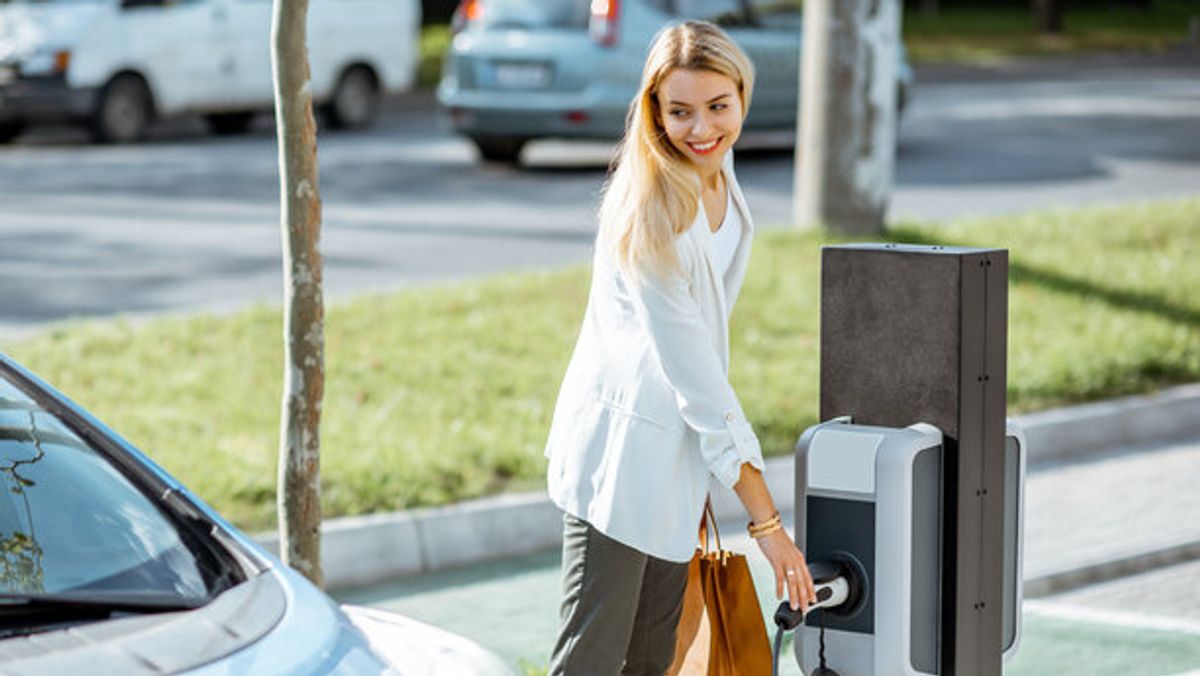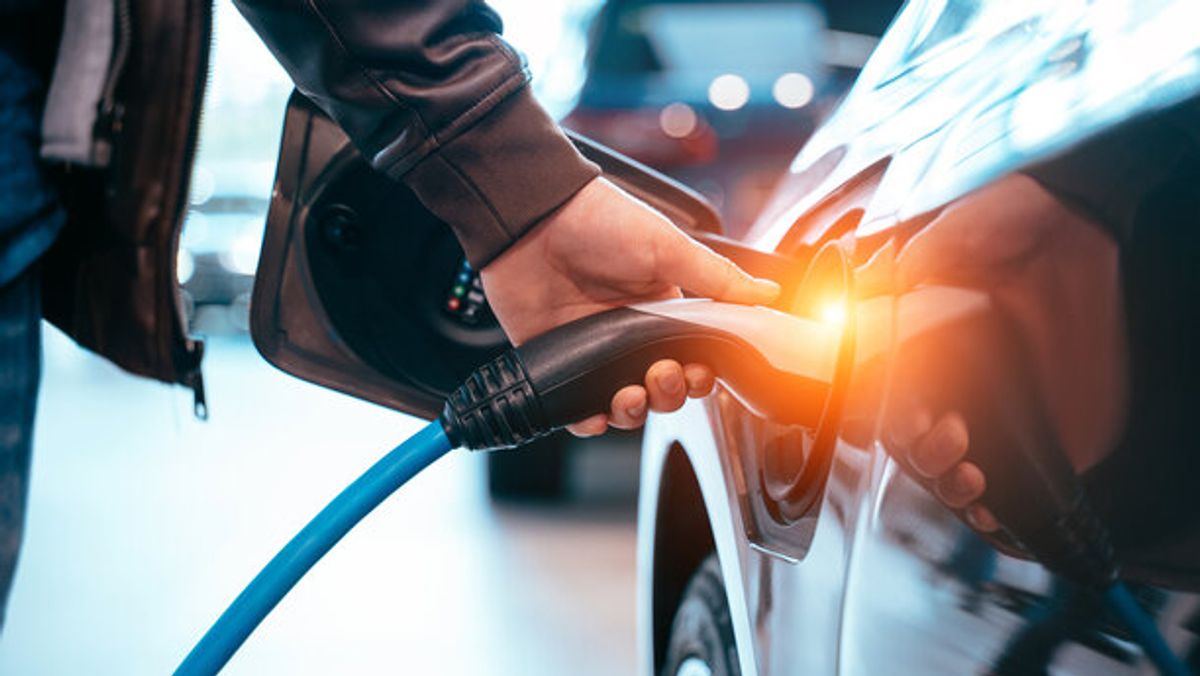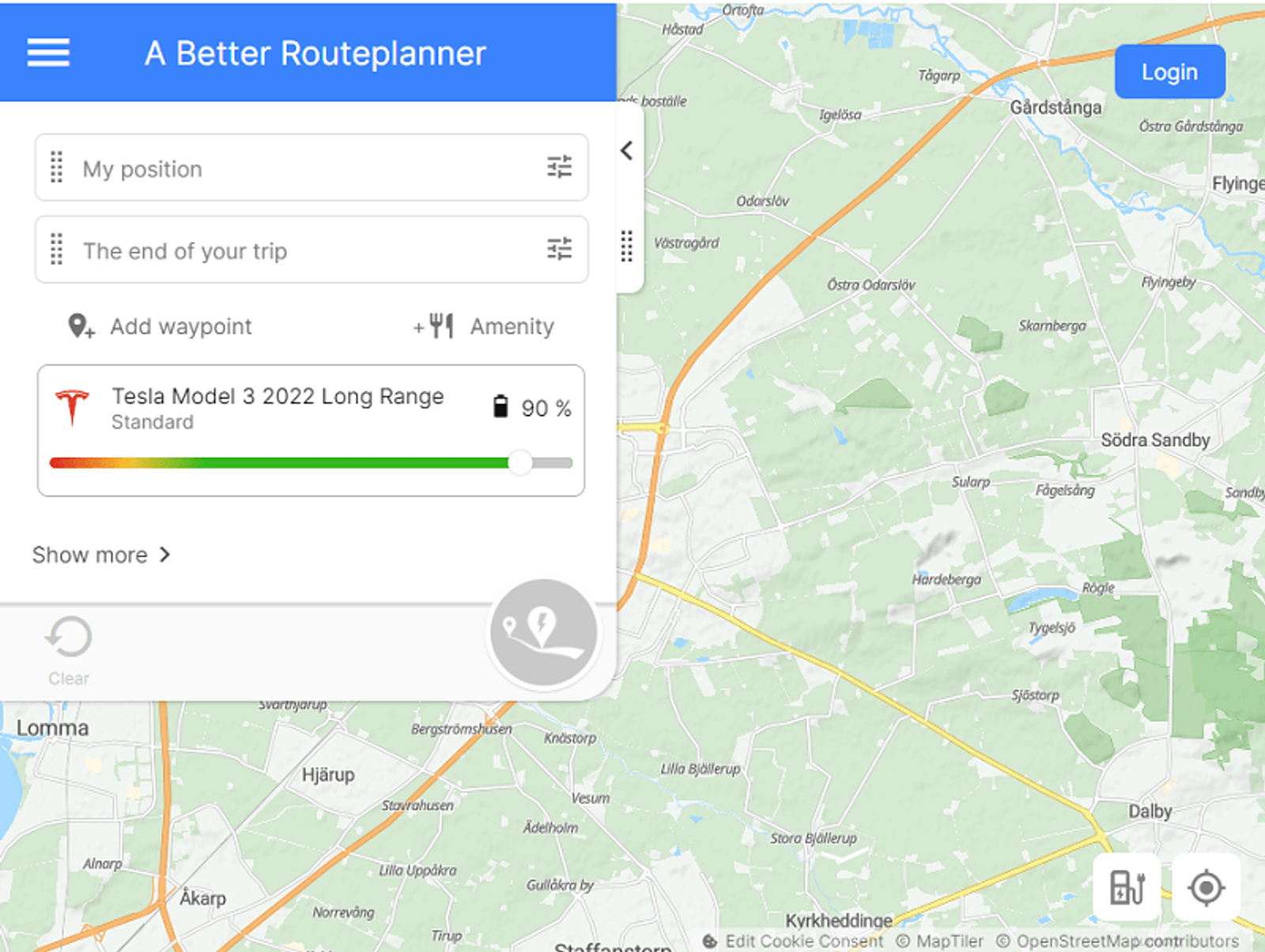SIXT loading guidelines for pickup and return
Our loading options
| State of charge at handover | State of charge at return |
|---|---|
>80% | >=80 |
- The charge level of electric vehicles is recorded both at pick-up and return. We handover the cars with a charge level above 80%, the vehicle must be returned with a charge level of at least 80%.*
- If you don’t have time to top up the batteries but didn’t book the pre-paid charging service, don’t worry – you’ll only be charged for the kWh’s needed to bring the battery to the pick-up state of charge, or maximum 80%. The applicable rates orientate themself on the cost at a public fast charging charger and are available at SIXT rental locations.
*If the charge level of the vehicle at pick-up was below 80%, the vehicle must be returned with the same charge level.

Our prepaid option to charge your car easily
To save time, you can opt for a pre-paid full battery charge when picking up your vehicle. The price is fixed with no hidden fees - this means you don't have to worry about recharging the vehicle before returning it.
Electric car charging with SIXT App
Which charging cable to use during your rental?

To ensure you’re fully equipped for your EV rental, each vehicle comes with a Type 2 charging cable.
- Type 2 – To ensure you’re fully equipped for your EV rental, each vehicle comes with a Type 2 charging cable. This is suitable for us at all public charging stations often found in parking garages, at motorway service stations, on the street and in shopping centres and retail locations. The Type 2 charger provides a convenient way to charge your car during breaks on your trip or overnight.
FAQ'S - Frequently asked questions about electric car rental
We would appreciate it if you bring back the car charge, but you do not need to return the vehicle fully charged. We are aware that recharging your vehicle before return might be a worry. Therefore, we offer recharging services to give you peace of mind and save you time.
If the electric vehicle is returned with a lower charge level, and you have not booked either the Prepaid charge or the Charging service, a fee per kWh of missing battery capacity applies. The applicable rates orientate themself on the cost at a public fast charging charger and are available at the SIXT stations and are based on equivalent fast charging prices.
What is the “Prepaid charge”? - At the SIXT location, you can opt for the Prepaid battery charge that offers a fixed price without any concealed charges. We have also applied a discount on the standard kWh rate for the Prepaid battery charge. With this option, you can save time by not having to recharge the vehicle before return. Simply return the vehicle with a lower state of charge. However, please note that any unused capacity will not be refunded.
What is the “Charging service”? - This charge can be purchased at the point of booking or when picking up your vehicle at the SIXT location. When opting for the Charging service, you pay a set service fee, plus the price for the kWh needed to reach the agreed return state of charge. The agreed return state of charge is the level of charge at which you received the vehicle. You also get a discount on the standard kWh price used to top up the battery when purchasing this service. You can ask for the kWh price when picking up your vehicle at the SIXT location.
In the event of a problem, please utilize the following channels to request assistance, depending on the specific situation:
- Difficulties with a charging station provided by an external operator: Please get in touch with the operator specified on the charging station itself.
Charging costs and calculations vary throughout Europe. Some charge per kWh, while others charge per minute of charging. Some cities include charging fees in their parking costs. To avoid unexpected expenses, we recommend checking the charging fees in the app before starting your session. The following prices are examples only, as prices vary by city.
Example – Charging a Tesla Model 3 Long Range with a battery pack of 75 kWh 20-80% would cost:
- Slow charging: 25€
- Fast charging: 29€ - 36€
Tesla has now given access to their vast Tesla Supercharging network at selected Tesla Superchargers in Europe. Here’s how you use the Supercharging network.
- Download the Tesla app, set up your account and add your payment details.
- Select "Charge Your Non-Tesla" on the main screen in the app. On the map you can locate a supercharger near you.
- At the station, plug in your vehicle using the CCS plug. Once plugged in, go to the app and select the charger stall number you have chosen. You can find the number written on the stall - usually at the bottom.
- Then press ‘Get Started’. The app will then take you to a payment page where you enter your credit card details (if you haven’t entered them already when setting up your account). Press OK and the charging session will start. It can take up to two minutes to connect but keep an eye on the app in case there’s a problem with starting the charging session.
- To end your charging session, just press the “Stop charge” button in the app. The session will then stop, and you can remove the connector.
Make sure you remove the vehicle when the Supercharging is complete. If the car is fully charged and it’s not removed from the charger, Tesla will start charging idling fees. This fee is charged per minute and will be forwarded to customers. This also applies to countries where Supercharging is included in the base rate e.g. France.
Charging is easy, just follow these steps:
Slow charging at a public station using type 2 cable
- Park the vehicle near the charging point and connect the Type 2 cable to the vehicle's charging port. At some charging points you have to use your RFID card first in order to plug the cable to the charging station.
- Use an RFID card to activate the charging session. At most charge points you can also start and stop the charging session with the app.
- Check the charging status on the vehicle's display, the App or charging station's screen.
- Wait for the battery to charge. To end the charging session, deactivate it the same way that you activated it. If you activated with a RFID card, use the same card to deactivate.
- Disconnect the cable and safely drive away. If the cable is stuck to the car, try unlocking the car with the key and then remove the cable.
Note: The exact process may vary depending on the charging station and vehicle model.
Fast charging at a public station
- Park the vehicle near the charging station and make sure it's positioned correctly.
- To start charging, place your RFID/charging card near the reader. For some chargers, you may need to connect your car first and then select "start" on the touchscreen before scanning your card. For further instructions, refer to the display on the charger. At some charge points you can also start and stop the charging session with the app.
- Attach the plug to your car. Make sure the plug is properly inserted into the car and hold it firmly for 20-30 seconds until it locks into place. When the charging station activates and the screen begins displaying an active charging session, you can let go of the plug.
- After authentication, the connector will lock, and charging will begin automatically after a few seconds.
- When you’ve reached your desired state of charge, you can stop the charging session on the charging point screen or by placing your RFID card on the reader. Then, remove the connector from your car and hang it back up. If you used the app to start your charging session, use the app to stop it.
Note: The exact process may vary depending on the charging station and vehicle model.
Domestic/Schuko - Output 1,2-3,7kW
For a vehicle with a 75 kWh battery (Tesla Model 3 Long Range), reaching 20-80% charge would require:"
- 1,2kW → 38h
- 2,3kW → 20h
- 3,7kW → 12h
Type 2 - Charging Points output power ranges from 3,5-22kW. However, most charging points are within the range of 7,4-22kW
For a vehicle with a 75 kWh battery (Tesla Model 3 Long Range), reaching 20-80% charge would require:
- 3,5kW → 13h
- 7,4kW → 6h
- 11kW → 4h
- 22kW → 2h
Fast charging :CCS – Output 50-350kW.
This type of charging is mainly used for quick battery charges during road trips and is often located near gas stations along highways.
Example: Charging a Tesla Model 3 from 10-80% at a 250kW charger takes roughly 27 minutes, and 241km takes about 15 minutes.
- When charging with the Type 2 charger the charging speed is pretty much stable over the whole charging period.
- Charging with the CCS charger (Fast Charing): In general, the emptier the battery when starting the charging session, the faster it charges.
- Certain vehicles, such as Tesla, offer the option to preheat the battery before arriving at the charging point. This significantly increases charging speed, particularly in cold weather. The preheat feature is only activated when selecting the desired fast charger as the destination in the car's navigation system.
- Fast charging will heat up the battery more significantly, which improves the charge speed. This means the charging speed might be slower in the beginning but will increase after the battery warms up.
Several factors determine the maximum charging speed:
- The power the charging point can deliver
If a charger's power output is 50kW and the vehicle can receive a maximum of 150kW, the charging speed will be limited to 50kW.
- The power the vehicle can receive
If a charger’s power output is 350kW and the vehicle can receive a maximum of 150kW, the charging speed will be limited to 150kW.
- The state of charge of the battery
The state of charge when starting the charging session affects fast charging speed. The charging rate slows down as the battery approaches full capacity. When the battery is nearly empty, the charging rate is high, but as it reaches higher levels of charge, the charging rate decreases to prevent damage to the battery and extend its lifespan.
The charge curve of every vehicle is different and depends on the vehicle manufacturer.
- The temperature of the battery
The charger has a power output of 350kW and the vehicle can receive a maximum of 150kW. If the battery is cold at the point of charging, it may charge at a slower speed at first before the battery reaches the optimum temperature. Some manufacturers have programmed their vehicles to preheat their batteries when you navigate to a fast charger. This way, the vehicle can start the charging session with an optimum battery temperature, resulting in faster charging sessions. The preheat function only works when you choose a specific fast charger as the destination in the vehicle's navigation system.
After reaching 80% charge, the vehicle automatically slows down the charging speed to avoid overheating and protect the battery. This means that charging from 80%-100% can take about the same time as charging 20%-80%.
The charge curve of every vehicle is different and depends on the choices made by the vehicle manufacturer.
You may also be interested in
Explore more of our car hire services at SIXT here. Discover options tailored to your needs and find the perfect vehicle for your journey.

